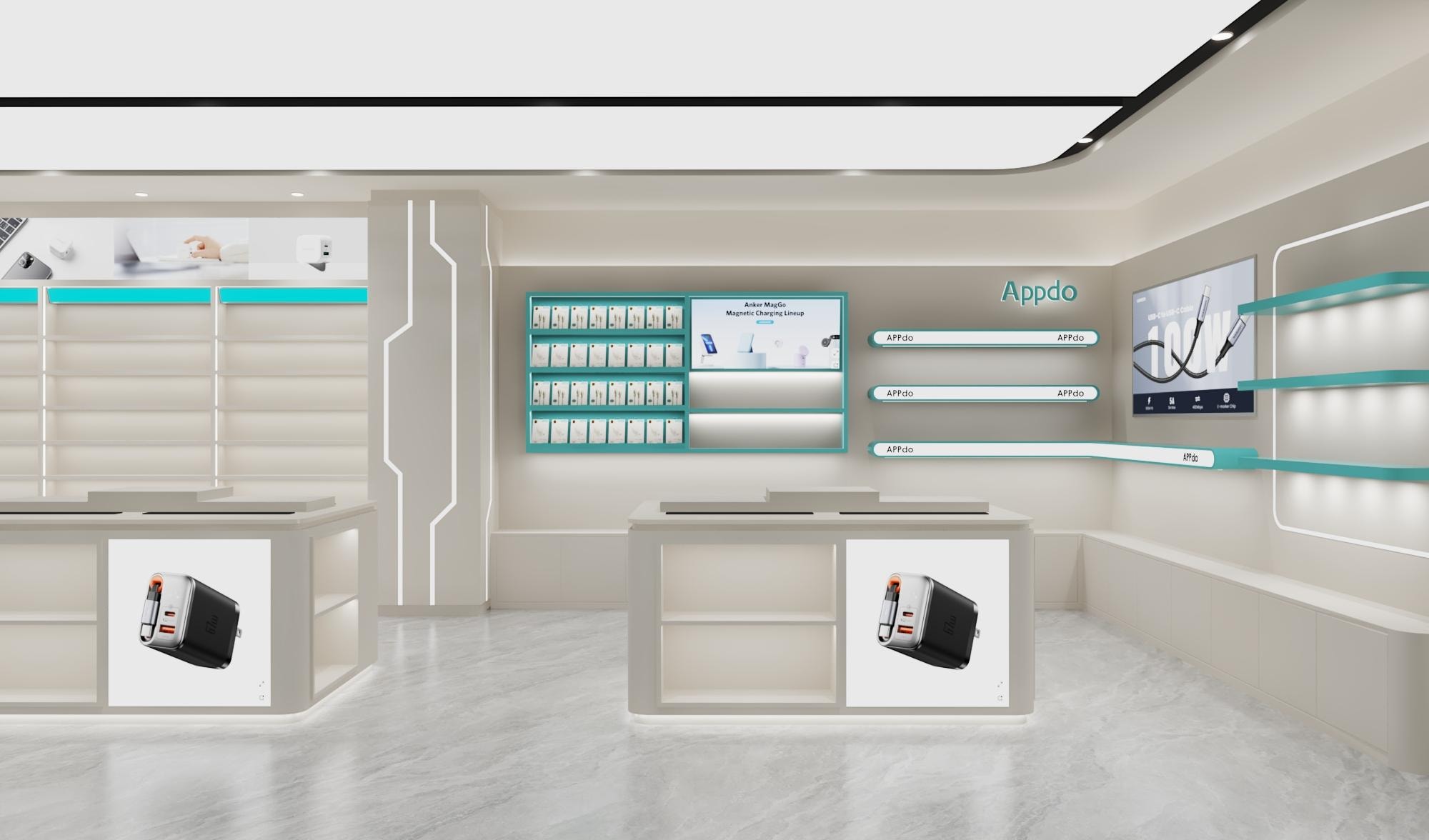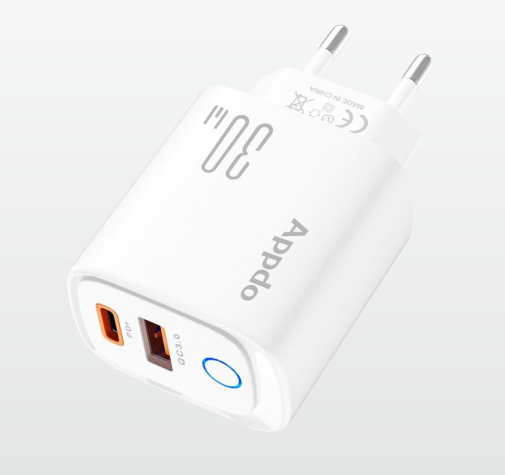
The Ultimate Guide to Choosing the Perfect iPhone Head Charger
Updated on September 29, 2025
With countless options available, selecting the right iPhone charger has become more complicated than ever. Your choice impacts not just charging speed but also device longevity and safety.
Table of contents

When Apple removed the power adapter from iPhone boxes starting with the iPhone 12, millions of users were suddenly faced with a purchasing decision they hadn't previously needed to consider. The market has since exploded with options ranging from basic budget chargers to premium multi-device solutions, making informed selection essential for optimal device performance.
Understanding iPhone Charger Types
Not all iPhone chargers are created equal. Understanding the different types available is the first step toward making an informed decision.Wired Chargers remain the most common option, with several distinct categories:
Standard USB-A Chargers: The traditional 5W-12W chargers that once came bundled with iPhones. While reliable, they offer slower charging speeds compared to modern alternatives.
Fast Chargers: 20W USB-C Power Delivery chargers can charge your iPhone to 50% in just 30 minutes, a significant improvement over standard chargers.
Multi-Port Chargers: Ideal for users with multiple devices, these chargers feature multiple ports (both USB-C and USB-A) to simultaneously charge your iPhone, Apple Watch, and iPad.
Wireless Chargers have gained significant popularity in recent years:
Qi-Certified Chargers: The universal standard for wireless charging, compatible with iPhone 8 and later models.
MagSafe Chargers: Apple's magnetic wireless charging system delivers up to 15W of power while ensuring perfect alignment between charger and device.
Multi-Device Wireless Chargers: Charge your iPhone, AirPods, and Apple Watch simultaneously on a single charging station.
Key Technical Specifications to Consider
When shopping for an iPhone head charger, several technical factors determine performance and compatibility.Power Output and Charging Speed directly correlate with how quickly your iPhone charges:
5W-12W: Standard charging speed, suitable for overnight charging
18W-20W: Fast charging capability for iPhone 8 and later models
25W+: Maximum charging speed for supported iPhone models
Connectivity and Port Options affect both convenience and charging capability:
USB-C Power Delivery: The current standard for fast charging
USB-A: Universal compatibility with existing cables
MagSafe Connectivity: Magnetic attachment with optimized power transfer
Safety Certifications are non-negotiable for device protection:
Look for UL, CE, and FCC certifications
Ensure built-in protections against overcharging, overheating, and short-circuiting
Verify compatibility with Apple's charging standards
Top iPhone Charger Recommendations
Based on performance testing and user reviews, here are the top charger categories for different needs:Best Overall Fast Charger: 20W USB-C Power Delivery chargers strike the perfect balance between speed, size, and affordability. Models from Anker, Belkin, and Apple's own 20W USB-C Power Adapter deliver optimal performance for most users.
Best Wireless Option: MagSafe chargers provide the convenience of wireless charging with optimized speed and magnetic alignment. Third-party options from reputable brands often cost less while maintaining performance.
Best Travel Charger: Compact GaN (Gallium Nitride) chargers offer high power output in minimal size, making them ideal for travel. Many include foldable prongs and international adapter compatibility.
Best Multi-Device Solution: Chargers with multiple USB-C ports and at least one USB-A port provide maximum flexibility for users with multiple Apple devices.
How to Identify Quality iPhone Chargers
With countless counterfeit and substandard products on the market, identifying genuine quality is essential.Visual Inspection can reveal many low-quality products:
Check for precise Apple certification logos (MFi certification for cables)
Examine port construction and overall build quality
Verify branding accuracy and spelling
Performance Indicators of a quality charger include:
Consistent charging without intermittent connections
Minimal heat generation during use
Quiet operation (no buzzing or coil whine)
Packaging and Documentation often reveal counterfeit products:
Look for proper safety certifications printed on the charger itself
Verify included documentation quality and accuracy
Check for legitimate warranty information
Maximizing Charging Efficiency and Battery Health
How you charge your iPhone is as important as what you charge it with.Optimal Charging Practices can extend your battery's lifespan:
Avoid regularly charging to 100% or letting your battery drop to 0%
Remove protective cases during wireless charging to prevent overheating
Use optimized charging features in iOS to learn your charging patterns
Environmental Factors affect charging performance:
Extreme temperatures (both hot and cold) reduce charging efficiency
Direct sunlight can cause overheating during charging
Moisture or humidity can damage both charger and device
Cable Considerations are equally important:
Use MFi-certified Lightning cables to ensure compatibility and safety
Regularly inspect cables for damage or wear
Avoid bending cables sharply at the connectors
Future Trends in iPhone Charging Technology
The charging landscape continues to evolve with several emerging technologies.GaN Technology is making chargers smaller and more efficient than ever before. These advanced semiconductors allow for higher power density, meaning more power in less space.
Universal Compatibility is becoming standard, with leading manufacturers creating chargers that work optimally across Apple, Android, and other device ecosystems.
Sustainable Materials are increasingly incorporated into charger design, with manufacturers using recycled plastics and reducing packaging waste.
Smart Charging Features are emerging that optimize power delivery based on device type, battery level, and even time of day to reduce energy consumption.
Making Your Final Decision
Choosing the right iPhone head charger ultimately depends on your specific needs, habits, and budget. Consider how and where you most frequently charge your device, what other devices you need to charge simultaneously, and how important charging speed is to your daily routine.Investing in a quality charger from a reputable manufacturer protects your much larger investment in your iPhone while ensuring reliable performance when you need it most. With the information in this guide, you're equipped to make an informed decision that balances performance, safety, and value.
Remember that the cheapest option often comes with hidden costs in terms of performance, safety, and device compatibility. Your iPhone is an essential tool - power it with the quality charger it deserves.
Frequently Asked Questions (FAQs)
Q: Can the iPhone SE 2022 use a wireless iPhone head charger?
A: Yes, it supports Qi wireless charging but not MagSafe magnetic charging. Pair it with a standard wireless charging pad and a 18W+ adapter for faster speeds.
Q: Will 3rd-party chargers harm my iPhone’s battery?
A: PD-certified 3rd-party chargers (e.g., Xiaomi 33W) are safe, but they don’t control heat as well as Apple’s original. For long-term daily fast charging, choose Apple’s official charger.
Q: What if fast charging fails in cold environments?
A: Keep both the iPhone head charger and your iPhone in a 10–35°C (50–95°F) area. Alternatively, plug the charger into power first, then place your iPhone on a MagSafe charger to restore fast charging.

